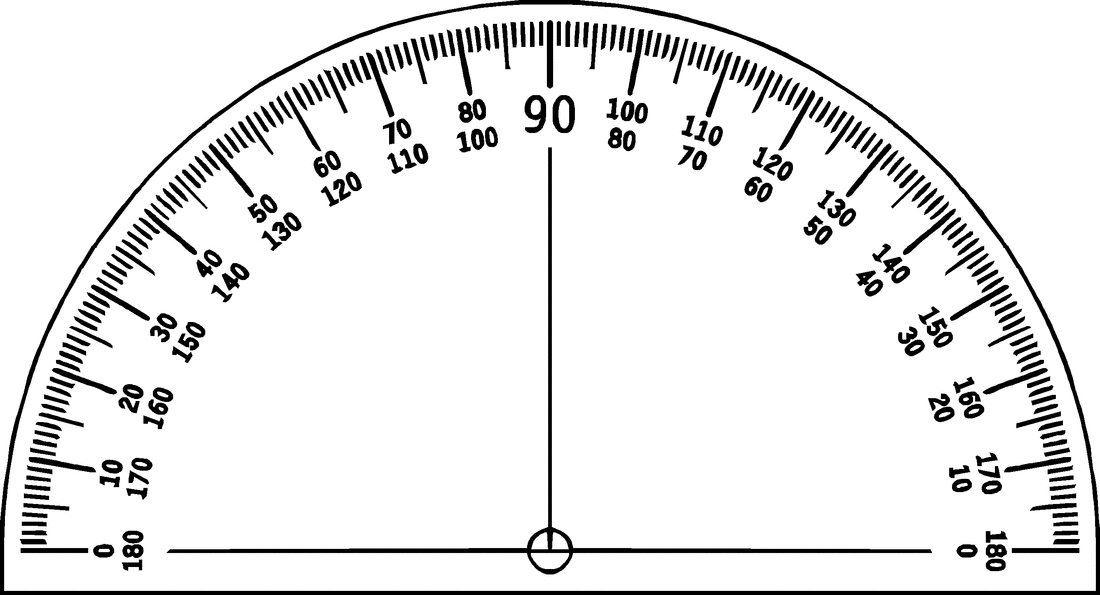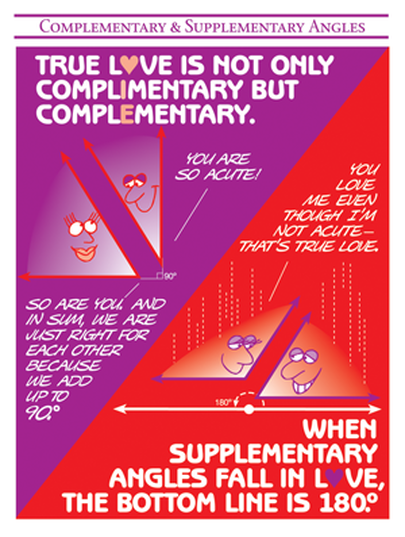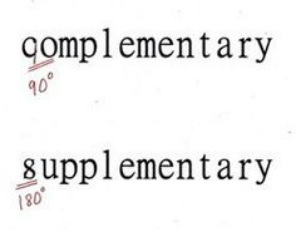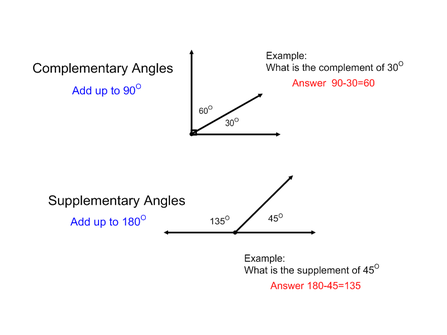Relationship Between Circles and Angles & Measuring Angles
| Parent Letter-Relationship Between Circles and Angles | |
| File Size: | 26 kb |
| File Type: | docx |
|
Standards: Circles and Angles
4.MD.5 Recognize angles as geometric shapes that are formed wherever two rays share a common endpoint, and understand concepts of angle measurement: a. An angle is measured with reference to a circle with its center at the common endpoint of the rays, by considering the fraction of the circular arc between the points where the two rays intersect the circle. An angle that turns through 1/360 of a circle is called a "one-degree angle," and can be used to measure angles. b. An angle that turns through n one-degree angles is said to have an angle measure of n degrees. 4.G.1 Draw points, lines, line segments, rays, angles (right, acute, obtuse), and perpendicular and parallel lines. Identify these in two-dimensional figures. 4.MD.5 Recognize angles as geometric shapes that are formed wherever two rays share a common endpoint, and understand concepts of angle measurement: a. An angle is measured with reference to a circle with its center at the common endpoint of the rays, by considering the fraction of the circular arc between the points where the two rays intersect the circle. An angle that turns through 1/360 of a circle is called a "one-degree angle," and can be used to measure angles. b. An angle that turns through n one-degree angles is said to have an angle measure of n degrees. Standards: Measuring Angles
4.MD.6 Measure angles in whole-number degrees using a protractor. Sketch angles of specified measure. 4.MD.7 Recognize angle measure as additive. When an angle is decomposed into non-overlapping parts, the angle measure of the whole is the sum of the angle measures of the parts. Solve addition and subtraction problems to find unknown angles on a diagram in real world and mathematical problems, e.g., by using an equation with a symbol for the unknown angle measure. |
Links
Students wrote down a few fun, creative vocabulary tricks in their spiral note cards in an effort to help them memorize the two math terms below....
| ||||||||||||




